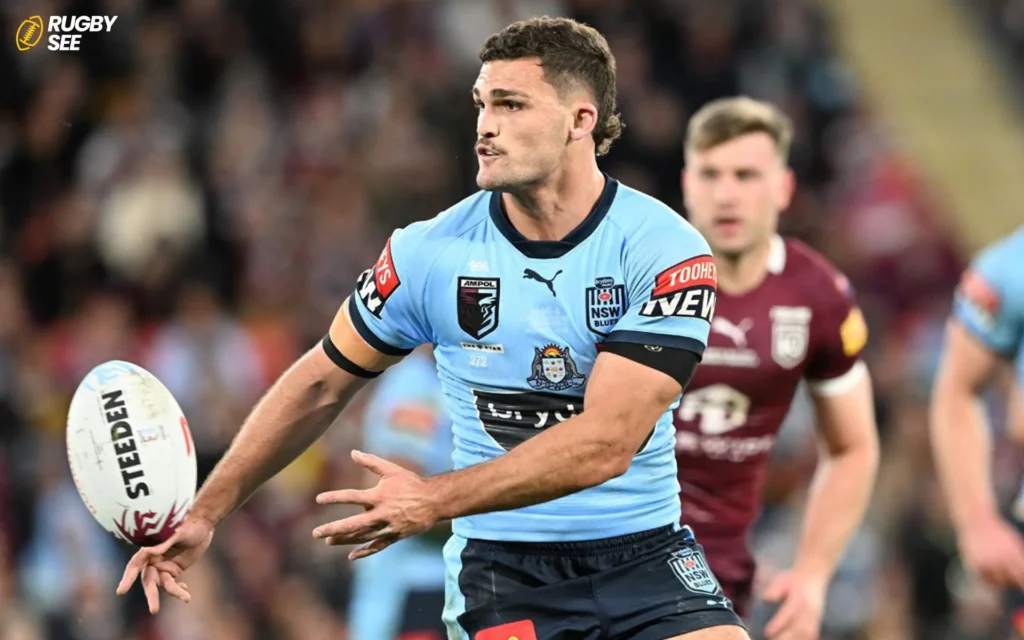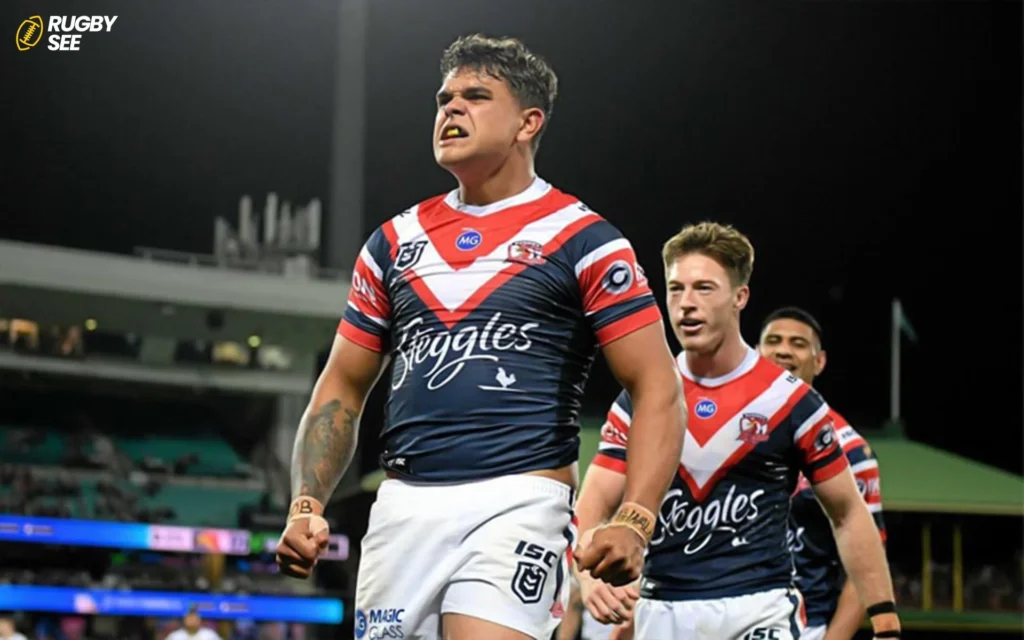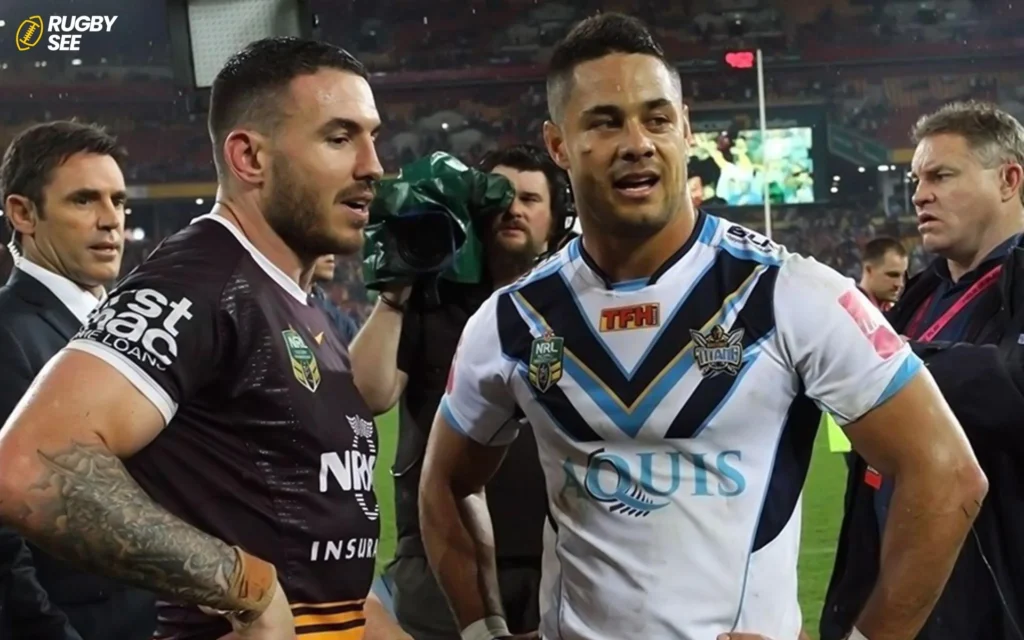Rugby, renowned for its physicality and tactical depth, involves various positions each playing a unique role in the team’s overall strategy. One of the most critical aspects of rugby is tackling, a skill essential for defense and gaining control of the ball. In this discussion, we explore which rugby position is responsible for making the most tackles during a game and why tackling is pivotal for these positions.
Understanding the Importance of Tackling in Rugby
Tackling in rugby is not just about stopping the opposing player; it’s about strategic control, setting the pace of the game, and, most importantly, defense. Effective tackling prevents tries, gains possession, and can even inspire the team by boosting morale through a show of strength and resilience.
Rugby Positions Explained
Before identifying which position tackles the most, let’s understand the primary roles:
- Front Row (Props and Hooker): These players are crucial in scrums and are often involved in close-range tackling.
- Second Row (Locks): These players are vital in lineouts and also contribute to tackling, especially in mauls.
- Back Row (Flankers and Number 8): Typically the most versatile, being involved in both offensive plays and defensive tackles.
- Scrum-Half: Links the forwards and the backs, involved in tactical plays and also defensive actions.
- Fly-Half: Directs the game’s flow, with a key role in both defense and attack but fewer tackles compared to some forwards.
- Centres: Essential in both defense and offense, often involved in midfield tackles.
- Wingers and Fullback: Usually tackle less frequently but are crucial in stopping breaks from the opposition.

Which Position Tackles the Most?
The Role of the Flankers
In most rugby teams, the flankers are typically seen as the primary tacklers. Their role on the field positions them uniquely to engage frequently in tackling throughout the game. Here’s why flankers are often the top tacklers:
- Positioning and Mobility: Flankers operate on the sides of the scrum, allowing them quick access to the game’s flow once the ball is out. Their position enables them to cover wide areas of the field, making them first to many defensive scenarios.
- Versatility: Flankers are expected to be highly adaptable, capable of handling intense physical confrontations and rapid transitions to running with the ball. Their ability to switch between roles makes them pivotal in both offense and defense.
- Defensive Responsibilities: Flankers are often tasked with guarding against opposing offloads and breaking the line, requiring them to execute a high volume of tackles and if you want to know about Popularity of Rugby read Why do people watch rugby.
Comparison with Other Positions
While flankers are renowned for their tackling, other positions also contribute significantly:
- Centres: Known for their robust physical presence in midfield, centres also tackle frequently, especially in stopping opposing backs.
- Number 8 and Locks: These players also have considerable tackling responsibilities, often similar in nature to flankers but usually with slightly less frequency.

Training for Effective Tackling
For players in positions where tackling is frequent, specific training can help enhance performance:
- Strength and Conditioning: Building muscle and endurance allows players to execute and withstand tackles throughout the game.
- Technique Training: Proper tackling technique is crucial not only for effectiveness but also to prevent injuries.
- Tactical Awareness: Understanding when and where to tackle can make a difference in the game’s outcome.
The Impact of Tackling on Game Strategy
Effective tacklers like flankers can control the game’s tempo, create opportunities for turnovers, and set up offensive plays. Their ability to consistently disrupt the opposition’s attack can be a key factor in a team’s defensive strategy.
Advanced Tackling Techniques
For players, especially those in high-tackle positions like flankers, mastering advanced techniques is crucial. Here’s a breakdown of some specialized tackling techniques that enhance both effectiveness and safety:
1. The Chop Tackle
This technique involves targeting the ball carrier’s legs, causing them to fall rapidly due to a loss of support. This method is highly effective in stopping larger opponents quickly and is frequently used by players who may not have a size advantage.
2. The Smother Tackle
In a smother tackle, the defender aims to wrap their arms around the ball carrier, restricting their movement and ability to pass or offload the ball. This technique is particularly valuable in close quarters and helps in creating mauls or holding up the player to force a turnover.
3. The Double Tackle
Often executed with the coordination of two players, the double tackle involves simultaneous contact by two defenders to ensure the ball carrier is decisively stopped. This is particularly useful against key offensive players known for breaking single tackles.

Psychological Impact of Effective Tackling
The ability to execute a successful tackle not only shifts the momentum of the game but also has a significant psychological impact:
- Boosting Team Morale: A strong tackle can energize a team, especially when defending under pressure.
- Intimidating Opponents: Consistent and effective tackling makes the opposing team wary, potentially leading to hesitancy or errors in their play.
- Confidence in Defense: Teams confident in their tackling ability are more likely to play aggressively, knowing they can rely on their defensive skills to regain possession and if you want to know about Haka in Rugby read Why is the haka allowed in rugby.
Training Regimens for Elite Tacklers
To excel at tackling, players in positions like flanker undergo rigorous training regimens:
- Physical Conditioning: This includes strength training, cardio fitness, and agility drills to ensure tacklers can endure the physical demands of frequent tackling.
- Skill Drills: Practice sessions often focus on tackling drills that simulate various game scenarios, helping players react instinctively during actual gameplay.
- Video Analysis: Reviewing game footage helps players analyze their tackling technique and decision-making, providing insights into areas for improvement.
Team Strategies and Tackling
Coaches often devise strategies that maximize the tackling strengths of their players:
In rugby, while many positions involve tackling, the flankers generally perform the most tackles due to their roles and responsibilities on the field. This position demands a high level of physical fitness, tactical understanding, and versatility, making it one of the most challenging and crucial roles in rugby. Understanding the importance of tackling within these roles highlights the strategic depth of rugby and the physical prowess required to excel in the sport.










